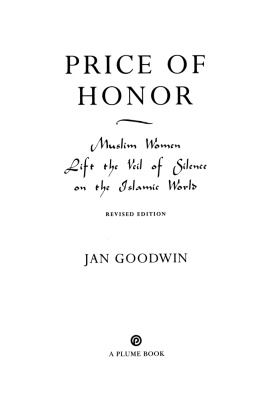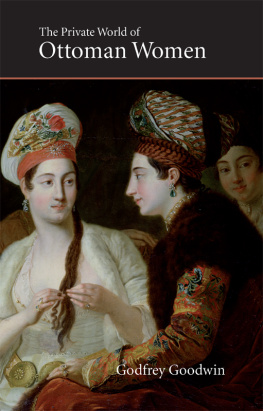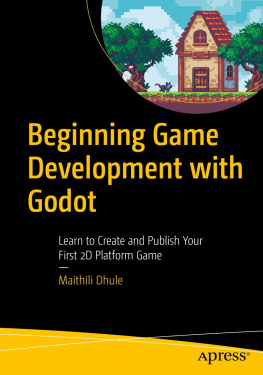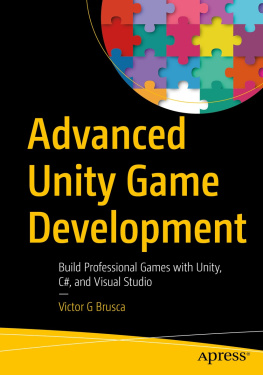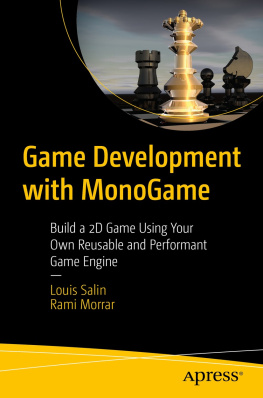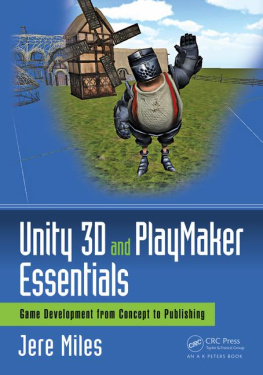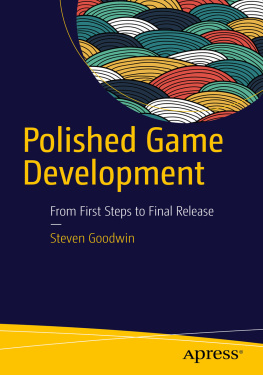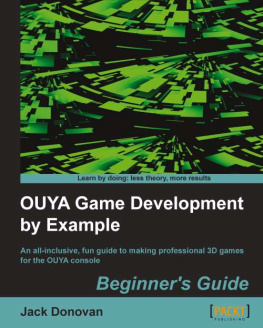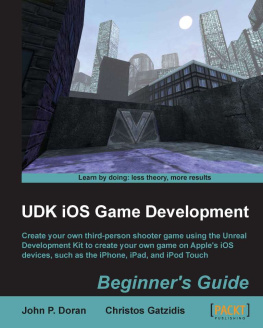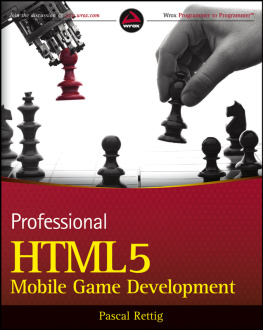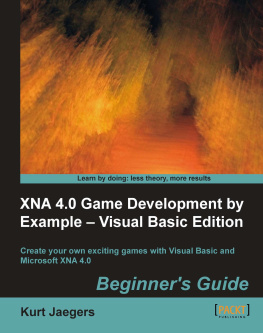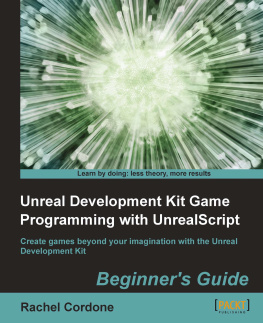1. Introduction to Game Polish
Development is a black art; games development even more so. There seems to be no correlation between the quality of a game and the technical ability of the programmers, the artistic brilliance (or otherwise) of the artists, the purity of melody of the composer, or the innovation present within a game design. A good game just seems to sparkle with magic. It has that special something that cant be defined or taught.
But a polished game is always distinguishable from an unpolished one.
In fact, it is probably easiest to talk about a polished game by virtue of there being nothing to talk about! If you look at a game and find yourself saying, That animation is a bit jerky , or Why didnt the sound fade out at the end of the level? , or Is the loading bar stuckor has it crashed? , then those are examples of something unpolished. Something incomplete. Something unloved.
When the only complaint you can level against a game is I didnt like it, but someone will , then you are looking at a polished product.
Yet despite this, if you dont know what youre looking for, it can be very difficult to spot these elements of imperfection, and therefore impossible to improve upon them. This is doubly true when its your own game, as you become blind to the minor imperfections through either constant exposure or because of parental pride.
To quantify what is necessary in terms of polish, lets consider a released product by looking at Angry Birds for a moment. No, seriously, look at it. Put the book down, search for a video on YouTube, and watch it for a while. Ignore whatever personal feelings you have about the game, its creators, or its style, and just watch.
That game is polished.
Im sure that when you watched it, and especially when you first saw it, several thoughts went through your mind; some of which may have been the following:
Those graphics are cutesy and trite
The music is annoying
The fonts are childish
The UI is basic/incomplete
Its a rip-off of Crush the Castle
Itd be difficult to argue with any of those points, to be fair. However, while Angry Birds is a game that you might need to look up. If you do, youll notice the complete opposite. None of the points raised against Angry Birds can be leveled at Crush the Castle . CtC has nice graphics, bombastic music, and a UI that gives you a complete breakdown of the castle under attack. So why did it fail to reach the dizzy heights of Angry Birds ? Its like CtC is a first draft of the projectiles knock stuff down game design, and Angry Birds is the polished sequel.
One argument is that CtC is too seriousby going for a semi-realistic portrayal of a castle and medieval slingshots, it alienated part of its potential audience. While its true that the silliness of Angry Birds (and the cute design of the characters) helps sell the game into a wide demographic, that would only help the initial sales. Its easier to make someone buy or download a game than it is to make them play it. And if they dont want to play it repeatedly, then you, as a games developer, have failed.
A second argument is that CtC is too difficult. Again, an argument that is true but misses the point. Flappy Bird was difficult, but that became a success despite (or maybe because of?) its difficulty.
Thirdly, the purely negative actions of CtC lead you (as a player) into a line of thinking that is rarely fun. In CtC , you are crushing the castles for the sole reason youve been ordered to by the king. Compare this to the more positive conceit in Angry Birds where you are rescuing your stolen eggs. When comparing the respective games color palette (dark vs. bright), graphic style (cartoon violence vs. realism and blood), and the operant conditioning (reinforce good play vs. punish bad play), you can see that it is likely to only appeal to a niche crowdwhich, for a mechanic firmly rooted in casual gameplay, isnt going to be the easiest sell.
Now, thats not to say that CtC is a bad game. Far from it. CtC is a very good game, but it could have been so much better by polishing these aspects until they shone, in the same way that Rovio polished their game.
So knowing that, watch a video of CtC in action. What would you change?
In the first case, CtC could have added characters to fire the slingshots, giving the player a character with which to empathize. Introducing a backstory, no matter how minor, would give the player a reason to care about the game and those characters within it. The graphics could also have been improved by adding variety, without affecting the basic aesthetic, as giving the player something new to look at along the way would help stickiness and prevent the eye being satiated.
Secondly, they could negate the difficulty by having more on-screen hints, including special bombs to destroy twice as much real estate as usual, or even just allowing a win if the player cleared 80% of the level on the earlier stages. Neither would have detracted from the environment or its realism. The hints would ease the players into the game, so theyre not alienated by the difficulty curve too early on in the game. The special bombs could be played like a joker; a special item that you can use once per level. They might be twice the size of a normal missile and you earn one every 1000 points as a reward from the king; this wouldnt break the suspension of disbelief, but it would give the game longevity because it would limit the opportunities the player would have for playing themselves into a corner that they couldnt back out of.
In the third case, CtC could have been less matter-of-fact with your successes as a player. Sure, youre a soldier attacking on behalf of a king, so you wouldnt expect a cup of tea and a slice of cake for completing each mission; but a little variety, extra animations, an occasional bonus level, and some positive reinforcement of why youre attacking these buildings (instead of the negative impact of seeing dead bodies at the end of each level) would have improved things.
None of these changes would affect the fundamental game. But all are elements of polish that encourage the player to attempt just one more level. If you had seen Crush the Castle before Angry Birds , would you have honestly considered there to be any way of improving the game? Could you have seen the issues outlined earlier? The difference between a good game and great game is in those differences. And the difference between a good developer and a great developer is being able to foresee the need to make those changes.
Planning to Polish
Applying polish isnt just a task for the end of the schedule, nor is it a single persons job. Polish is quality. And, like quality, this isnt something you do. If it were, no one would have ever needed to invent the phrase You cant polish a turd, since no one would build a turd in the first place! Quality is something engrained into the product at every step, by every developer. Its the attention to detail that a crafts(wo)man applies to their work. Throughout the book, well cover various checklists to ensure that the obvious (and not so obvious) quality metrics are being attained. For example, an animator would need to ensure that every animation does the following:

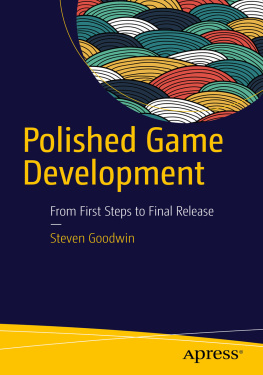
![Goodwin - Fatal colours : the battle of Towton, 1461 ; [Englands most brutal battle]](/uploads/posts/book/98484/thumbs/goodwin-fatal-colours-the-battle-of-towton.jpg)
